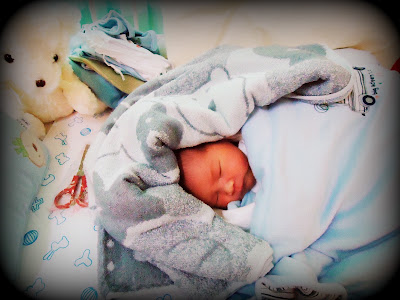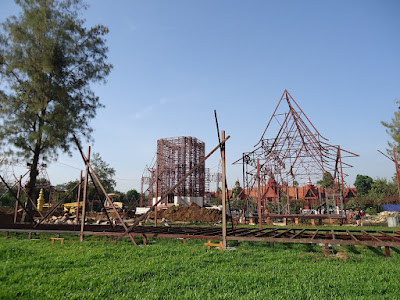Between Keukenhof's endless fields of tulips and the magical Amsterdam's canals, Holland is literally a fairytale become reality*. Far from being "tourists' stuff", flowers charmingly adorne any respectable Dutch house, while the canals are the quintessential mark of the ordered Dutch urban landscape. But more Dutch than the tulip (which was actually brought to the low lands from the Ottoman empire), is the windmill.
Windmills abound in Kinderdijk (dike of the child?), a windy (!) village whose 19 windmills, precisely, have been recognised as world heritage in 1997. It has been on my places-to-visit list for ages, and now that I am back, it's spring and the weather is nice, we have finally managed to get there. Although it is somehow hidden on the map of South Holland, barely on the road signs, and likely underrated by locals, here we are in Kinderdijk! An enchanting expanse of windmills that your eyes can't even grasp in its entirety. The Netherlands in a fairytale.
* While not representative of the whole country, Holland (the provinces of North Holland + South Holland) remains a unique place in the Netherlands and most probably on earth!
☺☺☺ ♥ ☺☺☺
Tra gli infiniti tulipani di Keukenhof e i magici canali di Amsterdam, l'Olanda è letteralmente una favola che diventa realtà*. Lontano dall'essere 'cose da turisti', i fiori adornano amabilmente ogni casa olandese che si rispetti, per non parlare poi del canale... quintessenza dell'ordinato panorama urbano. Più olandese del bel tulipano (che fu in realtà importato dall'allora impero ottomano) sono i mulini a vento.
Per anni, Kinderdijk è stato sulla mia lista di posti da visitare in Olanda, e ho aspettato la primavera, il bel tempo e il rientro per andarci...finalmente! Kinderdijk (più o meno traducibile come diga del bambino) è una ventosa, ovviamente, località i cui 19 mulini a vento fanno ufficialmente parte del patrimonio dell'umanità dal 1997. Anche se un pò nascosta nell'affollata mappa della provincia dell'Olanda Meridionale e a stento indicata dalla segnaletica stradale e sicuramente sottovalutata dalla gente del posto, finalmente ce l'abbiamo fatta! Siamo arrivati a Kinderdijk! Una meravigliosa distesa di mulini a vento, neanche tutti a portata di vista... Et voila, l'Olanda in una favola!
* Anche se l'Olanda (composta dalle province dell'Olanda Settentrionale e dell'Olanda Meridionale) non è rappresentativa dei Paesi Bassi nella loro interezza, resta un posto unico nei Paesi Bassi e nel mondo!






































